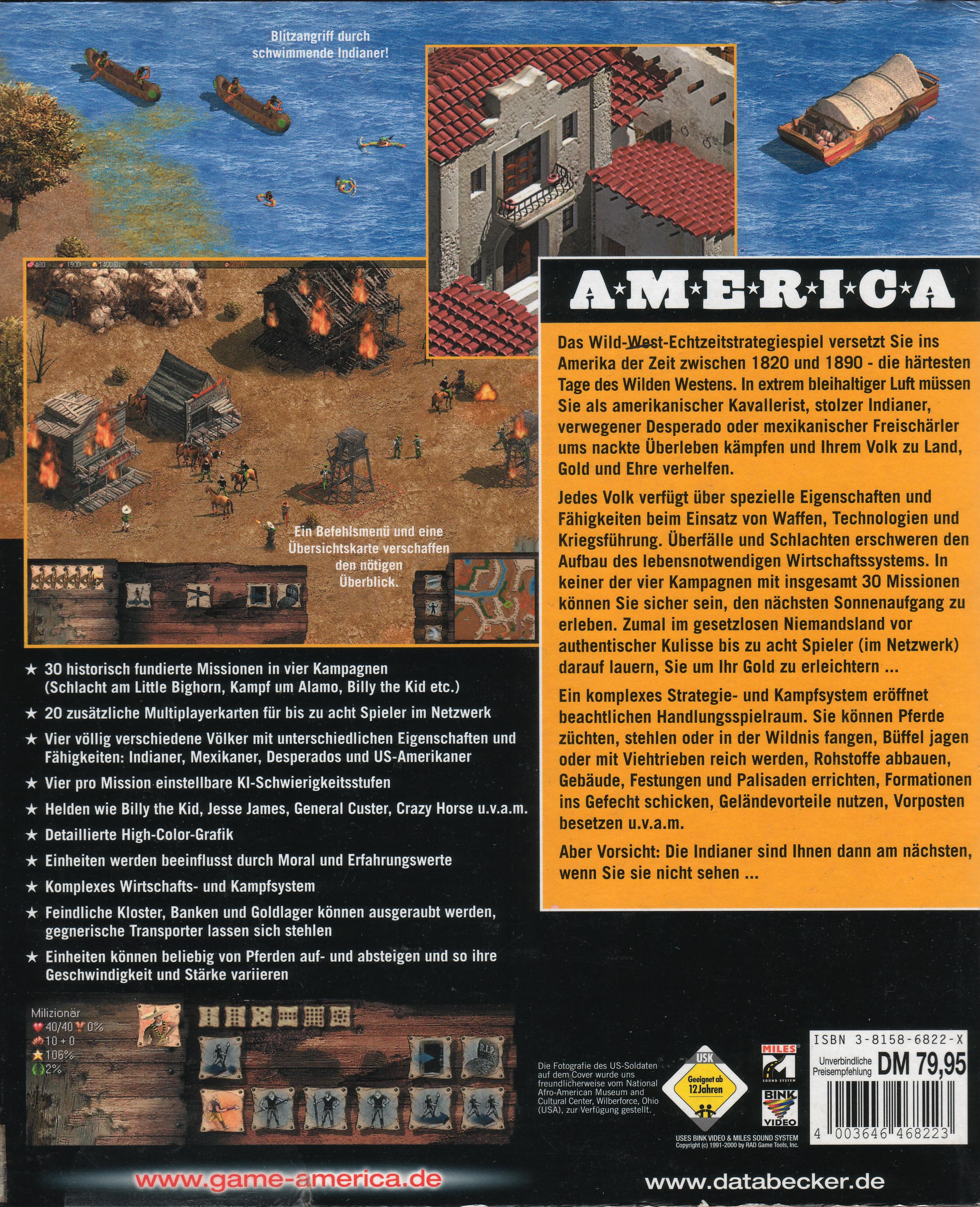Low battery
Battery level is below 20%. Connect charger soon.
America’s Unpeaceful Past: The Forgotten History Beyond the “Line”
The iconic image of the American frontier often depicts westward expansion as a heroic narrative of progress and manifest destiny. However, this romanticized vision obscures a brutal reality: the relentless violence and displacement inflicted upon Indigenous populations, a history often relegated to the footnotes of textbooks. Understanding this forgotten history—the conflict beyond the ever-shifting “line” of westward expansion—is crucial for a complete understanding of America’s past and its present-day challenges. This article explores the violent legacy of westward expansion and why it’s a lesson everyone should know.
The Shifting “Line” and the Illusion of Peace
The term “line” is used here metaphorically to represent the ever-expanding boundary of American settlement, constantly pushing westward. This expansion wasn’t a peaceful process of negotiation and coexistence. Instead, it was a violent, often genocidal, campaign characterized by:
- Broken Treaties: The U.S. government repeatedly signed treaties with Indigenous nations, only to violate them as westward expansion intensified. These broken promises led to forced removals, land seizures, and widespread suffering.
- Military Campaigns: Countless military campaigns were waged against Indigenous tribes, resulting in massacres, forced assimilation, and the destruction of traditional ways of life. Examples include the Sand Creek Massacre, the Wounded Knee Massacre, and numerous smaller, less documented conflicts.
- Disease and Starvation: The introduction of European diseases, coupled with the disruption of traditional food sources and hunting grounds, decimated Indigenous populations. This was often a deliberate tactic used to weaken resistance.
- Cultural Destruction: Efforts to forcibly assimilate Indigenous peoples involved suppressing their languages, religions, and cultural practices. Boarding schools, for example, played a significant role in this systematic cultural erasure.
The Trail of Tears: A Prime Example of Unpeaceful Expansion
The Trail of Tears, the forced relocation of Cherokee and other Southeastern tribes in the 1830s, stands as a stark and horrific example of the violence inherent in westward expansion. Thousands perished during this brutal journey, a testament to the human cost of ignoring Indigenous sovereignty and rights. This is not an isolated incident; similar atrocities occurred across the continent.
The Lasting Impact of a Violent Past
The consequences of this violent history continue to resonate today. Issues such as:
- Land disputes: Many Indigenous nations continue to fight for the return of ancestral lands unjustly taken.
- Social and economic inequality: The legacy of displacement and disenfranchisement contributes to significant disparities in health, education, and economic opportunities for Indigenous communities.
- Cultural trauma: The intergenerational trauma resulting from historical violence and cultural destruction remains a significant challenge for Indigenous peoples.
Why This History Matters Today
Understanding this often-overlooked history is not just an academic exercise. It is essential for:
- Promoting Reconciliation: Acknowledging the past is the first step towards healing and fostering reconciliation between Indigenous communities and the broader American society.
- Achieving Justice: Addressing historical injustices is crucial for creating a more equitable and just future.
- Building a More Accurate National Narrative: A complete and honest understanding of American history is vital for a strong and inclusive national identity.
Conclusion: Confronting the Uncomfortable Truth
The “peaceful” narrative of westward expansion is a myth. The reality was a brutal campaign of violence, displacement, and cultural destruction against Indigenous populations. By acknowledging this uncomfortable truth and learning from the mistakes of the past, we can work towards a more just and equitable future for all Americans.
FAQs
Q1: What were some of the key treaties violated during westward expansion?
A1: Numerous treaties were violated, but some of the most significant include the Treaty of Dancing Rabbit Creek (1830), which led to the removal of Choctaw people, and various treaties signed with tribes in the Northwest Territory.
Q2: How did disease contribute to the decline of Indigenous populations?
A2: The introduction of smallpox, measles, influenza, and other diseases devastated Indigenous communities, who lacked immunity to these new pathogens. This was often exacerbated by the disruption of their traditional lifestyles and access to resources.
Q3: What is the significance of boarding schools in this history?
A3: Boarding schools were part of a systematic effort to assimilate Indigenous children by forcibly removing them from their families and cultures, suppressing their languages, and imposing European values and beliefs.
Q4: What are some contemporary efforts to address this historical injustice?
A4: Efforts include land claim settlements, the establishment of Native American-focused educational programs, and increased recognition of Indigenous sovereignty and self-determination.
Q5: Where can I learn more about this history?
A5: Numerous books, documentaries, and museum exhibits detail this history. You can start by searching for information on specific events like the Trail of Tears, the Sand Creek Massacre, and the Wounded Knee Massacre, as well as researching the history of specific Indigenous nations. Also, seek out resources created by Indigenous communities themselves.




